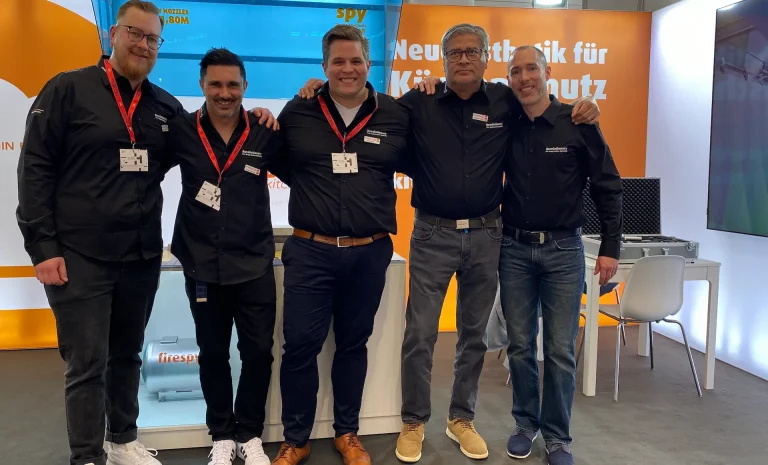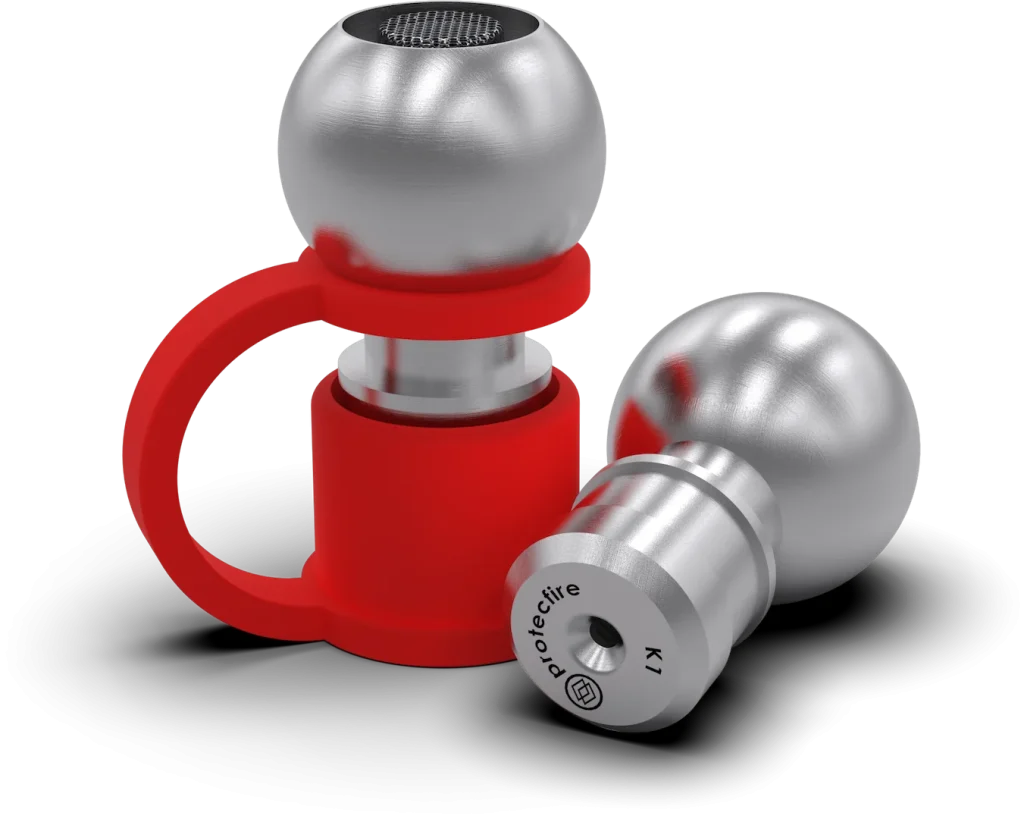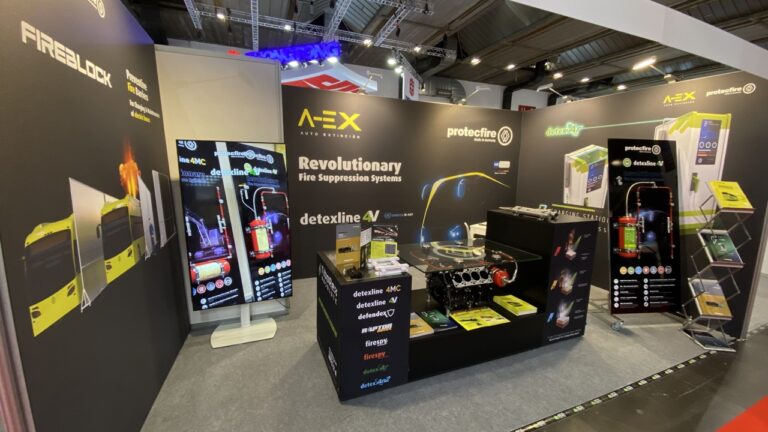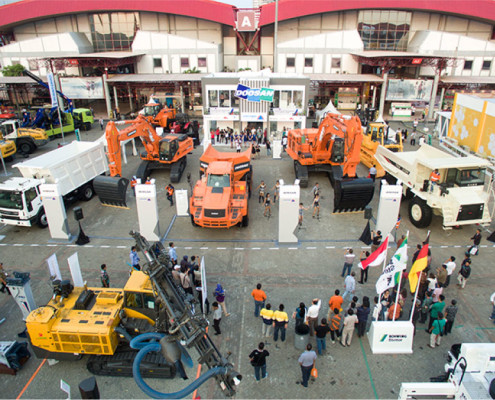
Internorga 2024 Exhibition
Are you interested in what moves the industry? Would you like to know what’s new and exciting in the world of the Hospitality and Restaurant Industry? Then you’ve come to the right place: Internorga
Home » Nozzle K-factor explained

While some individuals may be well-acquainted with the subject of water flow, there are others who lack the opportunity to apply this knowledge in their daily lives. Consequently, their familiarity with water flow may not be as extensive as those of us who have regular exposure to it.
One common misconception we often come across is that fixed and selectable litreage nozzles are limited to their designated ratings or settings. However, this notion couldn’t be further from the truth. In reality, any fixed or selectable litreage nozzle can be under or over-pumped, depending on the desired outcome.
Of course, it’s important to avoid extreme scenarios where nozzle reaction becomes excessive or pressure becomes too low. Nevertheless, there is a certain degree of flexibility in deviating from the actual flow and pressure ratings.
Now, let’s delve deeper into this concept.
The flow rating on a fixed or selectable litreage nozzle simply indicates the amount of flow it delivers at the base nozzle pressure. However, this flow rating is not a strict limit; it allows for a maximum increase of 10% above the rated flow at the base nozzle pressure, in compliance with the NFPA (National Fire Protection Association) 1964 standard.
For instance, a 568 LPM nozzle can deliver anywhere between 568 LPM and 625 LPM at its rated base pressure while still being compliant with the standard. To calculate this range, determine 10% of the nozzle’s flow rating and add that value to the flow rating. In the case of a 568 LPM nozzle:
10% of 568 = 56.8
568 + 56.8 = 625.8
The flow and pressure ratings are indicated by a K-factor or K-value. This value determines the flow at any given pressure or vice versa, the pressure at any given flow. You can find this information illustrated on the flow curve, which can be found in the technical support materials for your specific nozzle.
Determining the K-Factor of Your Nozzle
Finding the K-factor of your nozzle is a relatively simple process. You can use the following formula:
K = flow/√NP
In this equation, NP represents nozzle pressure.
Let’s work through an example using a 568 LPM nozzle at 345 kPa:
K = 568/√345
K ≈ 28.48
Now, you can take the K-value of 28.48 and multiply it by the square root of 517 (representing a nozzle pressure of 517 kPa). 28.48 * √517 ≈ 654 LPM. We obtain this value by rearranging the formula to solve for flow instead of the K-value:
K = flow/√NP
28.48 = flow/√517
28.48 = flow/22.72
Flow = 28.48 * 22.72
Flow ≈ 654 LPM
This calculation demonstrates that a 568 LPM nozzle at 345 kPa and a 654 LPM nozzle at 517 kPa are essentially equivalent, with only a small difference in LPM and kPa. Similarly, a 605 LPM nozzle at 345 kPa and a 755 LPM nozzle at 517 kPa yield comparable results.
Applying K-Value in the Real World
Understanding the K-value can help you determine the required discharge pressures for various flows based on the specific conditions you encounter. If you typically use two 568 LPM handlines, knowing your nozzle’s capabilities allows you to deliver an application rate that is nearly 25% higher if the situation calls for it. Simply calculate the necessary pump discharge pressure for the additional flow.
Using metric units, the volumetric flow rate of a nozzle is given by 

K-Factors have also previously been calculated and published using the United States customary units of pound per square inch (psi) and gallon per minute (gpm). Within the United States, US measurements are still often used instead of metric.
Care should be exercised not to intermix K-factors from metric and Imperial/US units, as the resulting factors are not equivalent or interchangeable. In case of mix-ups, results can be catastrophal.
Share this:

Are you interested in what moves the industry? Would you like to know what’s new and exciting in the world of the Hospitality and Restaurant Industry? Then you’ve come to the right place: Internorga

BusWorld 2023 exhibition in Brussels.
ProtecFire and A-EX point to the future of Bus Safety: A Recap of Success at the International Trade Fair.

protecfire will be present at Mining Indonesia 2023. Visit us!

protecfire with A-EX will be present at the most renowned international trade fair of the sector, bringing the latest innovations for fire suppression in diesel, hydrogen and electric buses.

protecfire GmbH
Weidekamp 10
23558 Lübeck
GERMANY
E-Mail: info(at)protecfire.de
protecfire ® – all rights reserved